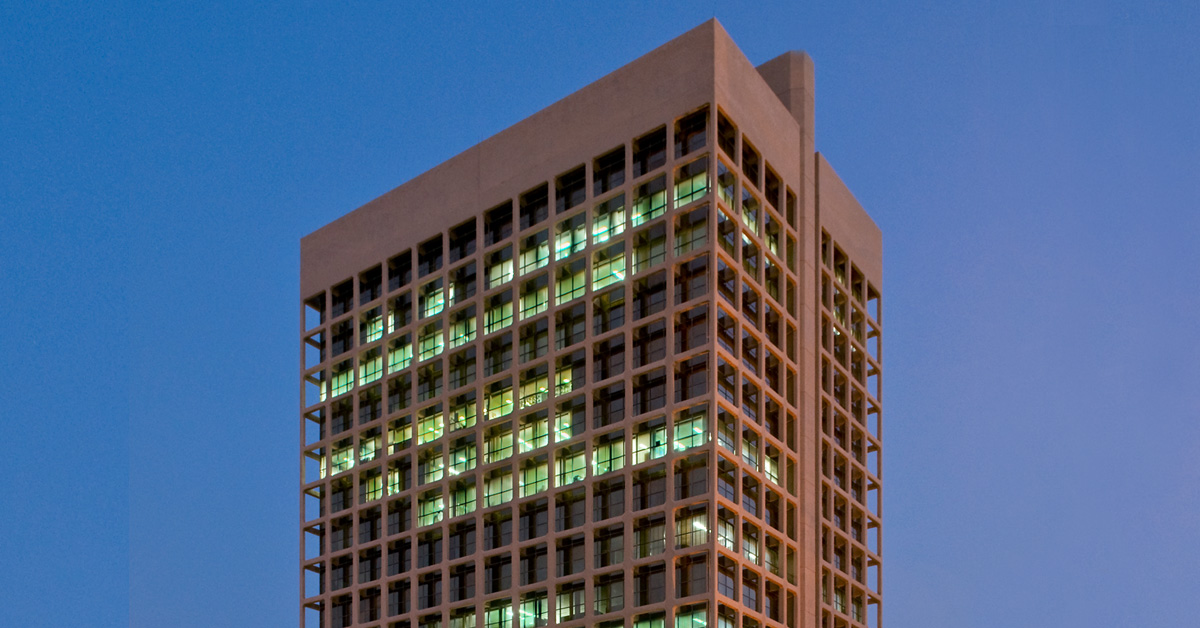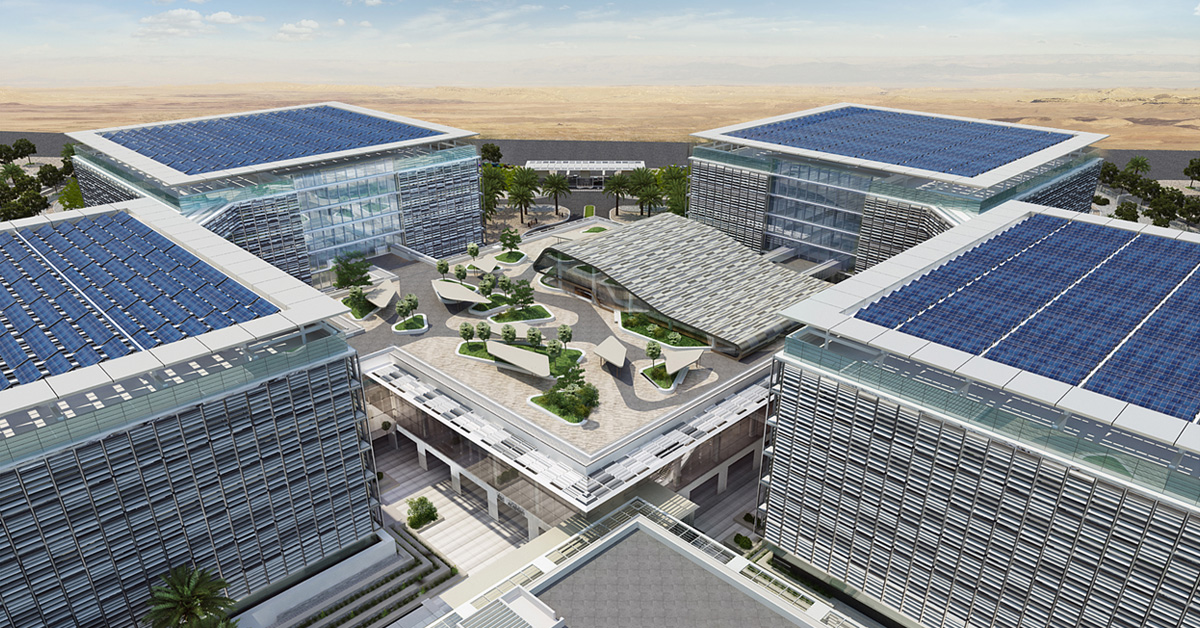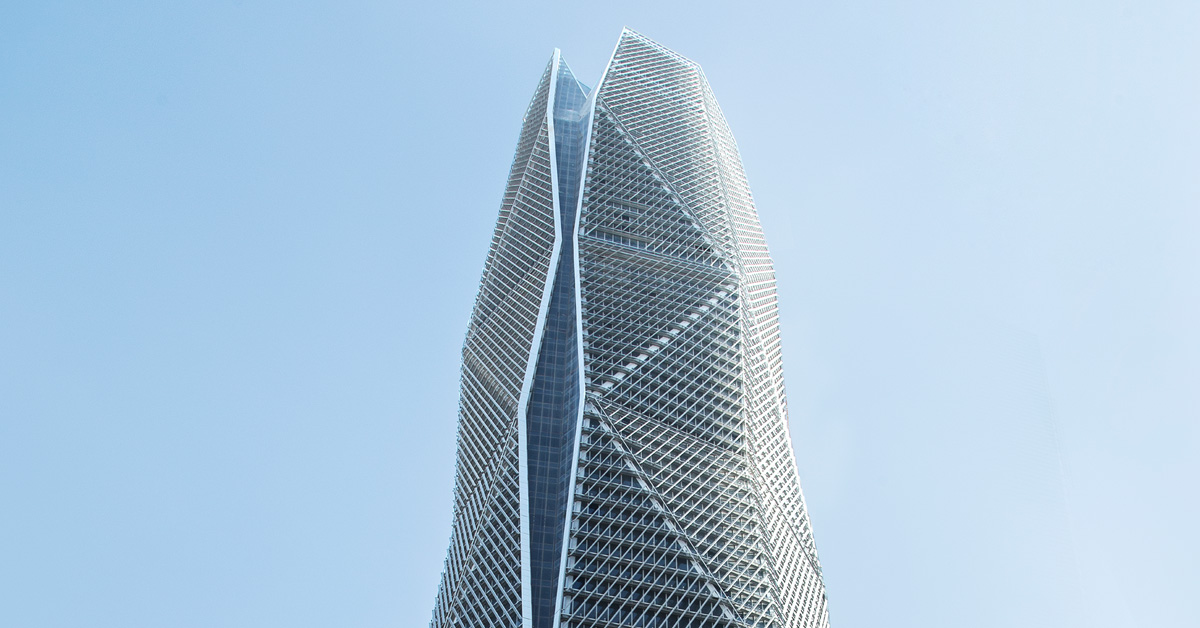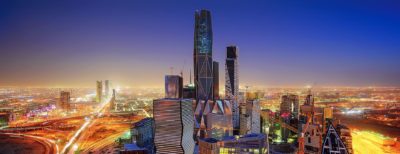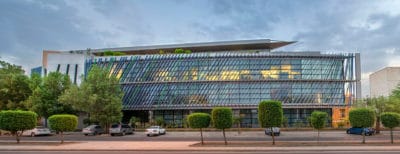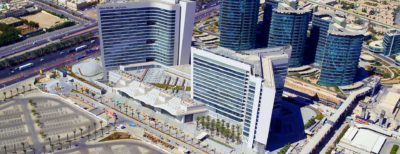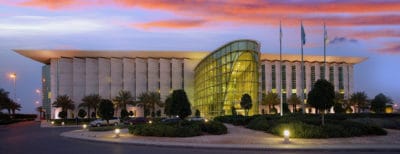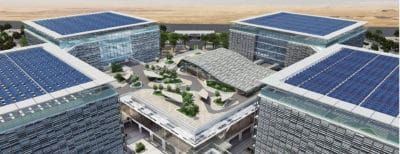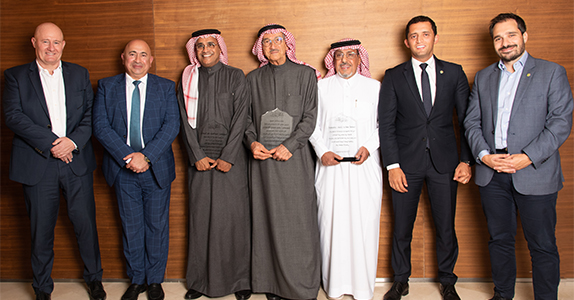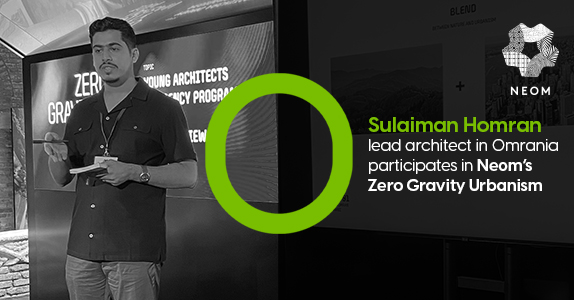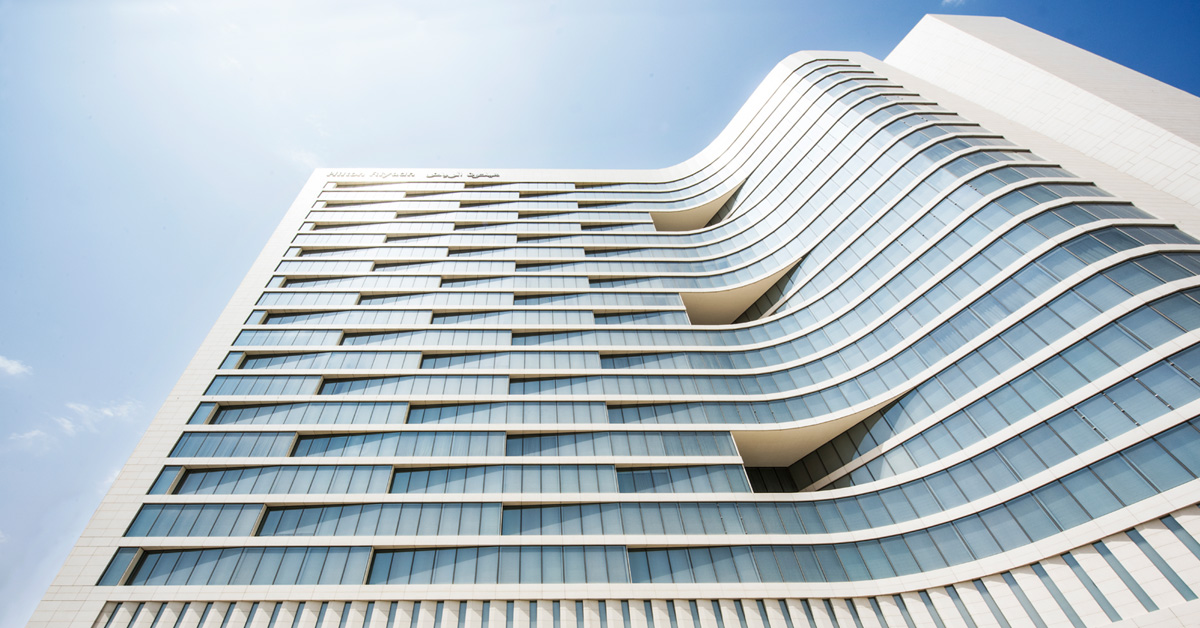 The new 5-star Hilton Riyadh Hotel and Residences, comprising two towers connected by an amenity-filled podium, was designed with the utmost comfort of guests and residents in mind. Photo © Peter Bogaczewicz / Omrania
The new 5-star Hilton Riyadh Hotel and Residences, comprising two towers connected by an amenity-filled podium, was designed with the utmost comfort of guests and residents in mind. Photo © Peter Bogaczewicz / Omrania
The importance of function has been enshrined in architecture since ancient times. But what is the nature of that function? We identify five distinct kinds of function that can, at best, be interwoven through skillful design.
The primacy of function in architectural design appeared as early as the 2,000-year old treatise by Vitruvius, Ten Books on Architecture. Vitruvius famously mentioned utilitas — Latin for usefulness — as one of the three essential components of architecture, the other two being firmitas (durability) and venustas (beauty). In other words, architecture must have a practical function. But what constitutes a function?
For Omrania and our clients, function has several layers of meaning, any or all of which may drive the design process for a given project. Here are five important types of function in architecture.
1. Use and user function.
Function can refer to intended uses and activities. In short, this is what architects call program. It is the human side of function, operating from the inside out. Omrania’s design process begins with listening to the needs of each client. The placement, form, and features of a building must reflect its intended use — and the people who use it — while permitting future adaptations or improvements.
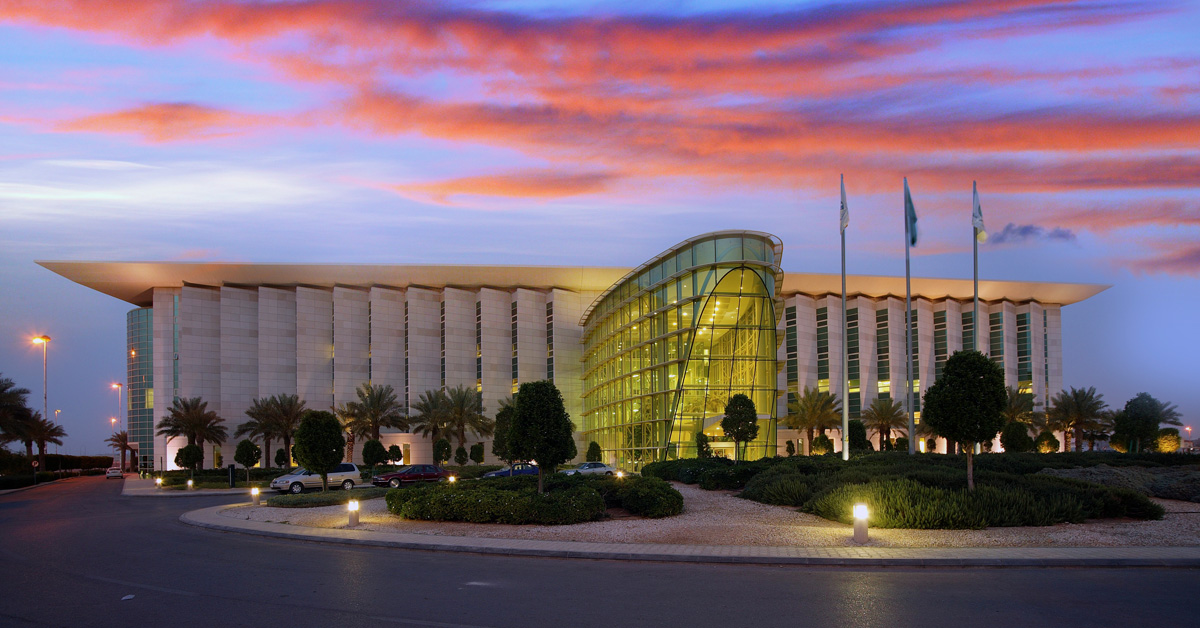
Kingdom Hospital, Riyadh. As a leading medical establishment in the capital, the hospital was designed by Omrania to offer a humane, welcoming environment. Photo © Kingdom Holding Company
2. Technical function
Structural and mechanical systems are crucial to the function of architecture. These systems in turn respond to the constraints of the site, program, and available building technologies. Architects should possess a clear understanding of physical processes that underpin the building’s own construction and operation. That is why Omrania embraces technology and innovation in design, joining architecture with engineering and construction site supervision. The company is well practiced in optimizing technical functionality.
3. Environmental function.
Architectural function can also be considered from the outside in — as a response to the environment and context. A building’s enclosure system acts to modulate the effects of sun, rain, dust, and other elements. A sophisticated building envelope can reduce the amount of energy needed to maintain a comfortable interior, and lower the owner’s costs for maintenance. In this sense, functional design aligns with sustainable design.
4. Economic function.
A functionally optimal building is a sound investment both for large organizations and individual owners. With our clients’ long-term economic interests in mind, we seek to source locally available building materials, streamline the construction process, maximize usable floor space, improve thermal performance, simplify maintenance and cleaning activities, and take other measures designed to reduce lifetime costs and boost operational efficiency. At this level, function translates directly to business logic.
5. Symbolic function.
Some types of function cannot be quantified or expressed in instrumental terms, yet they cannot be ignored. This is the case with civic and cultural projects that are meant to embody the history, values, and identity of a community or a nation. An embassy, for example, represents one state to another. Great public spaces and religious buildings serve to bring people together — and hence to make visible the idea of social unity.
So, function in architecture has multiple meanings. Circling back to Vitruvius, it becomes clear that usefulness is often related to the other core values of durability and beauty. Functions of use or program may change over time, but good buildings can be adapted to new types of uses, prolonging their usefulness and durability. And if a work of architecture is considered beautiful or at least pleasing, then its owners and users will be more likely to take care of it through the generations, again extending its functional life.
Function is a primary driver of design in Omrania’s work. While some other architects take a narrow, strictly utilitarian view of function, we see it as potentially including all the factors mentioned above. Functional design should align human use with material and environmental processes, so that all the parts of a building, from the smallest detail to the overall plan, work in harmony.
This post is one in a series on Omrania’s design ethos — our approach to creating places that are functional, livable, contextual, sustainable, and beautiful.






